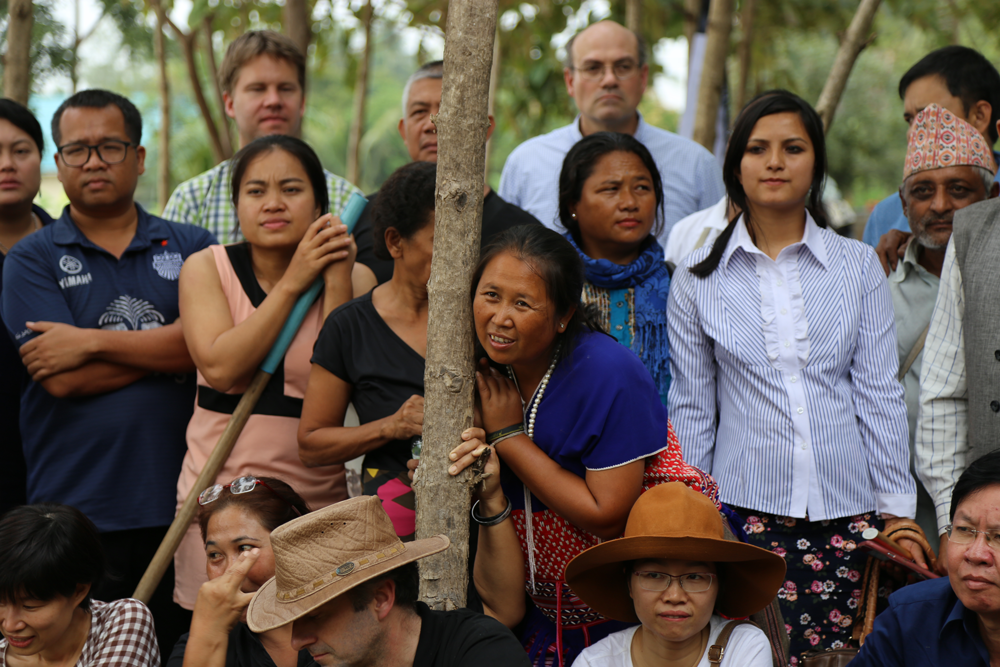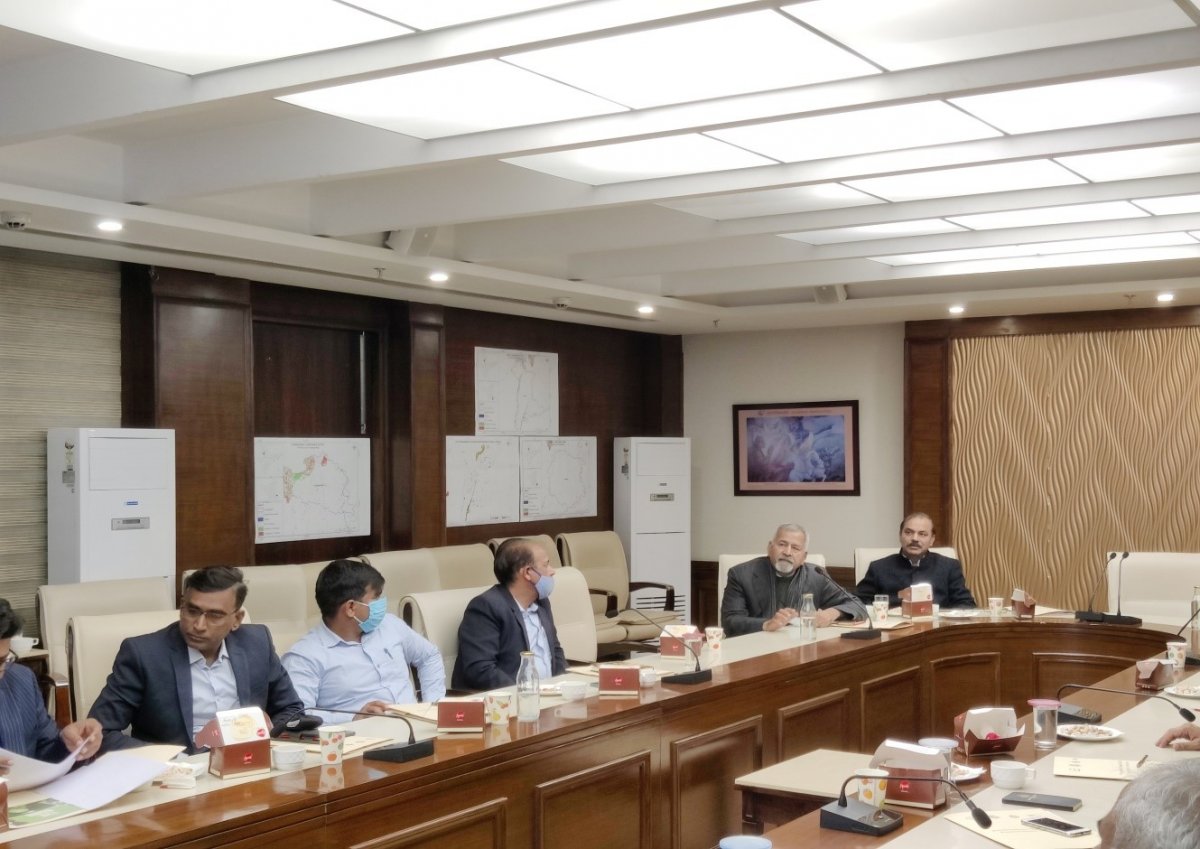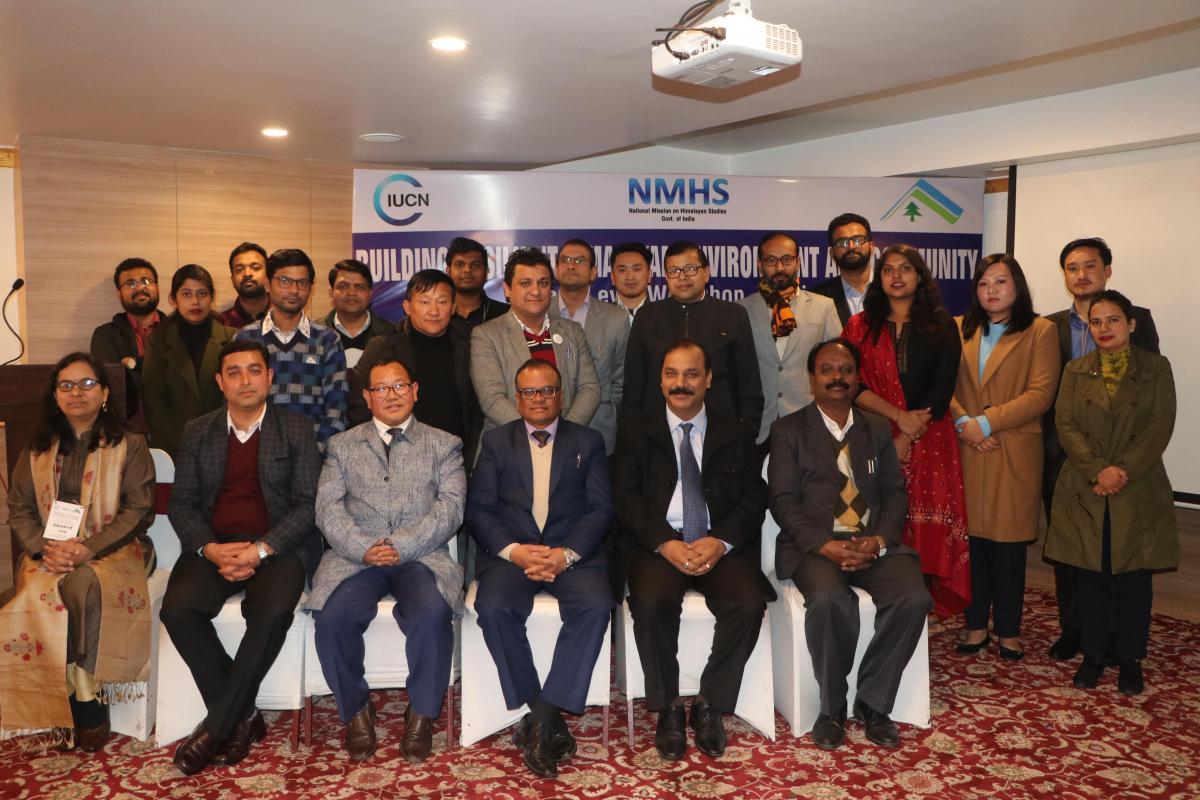People-centred governance and restoration
Restoration of the world’s ecosystems is a huge challenge. In many cases, restoration processes occur at a landscape scale and so require the coordinated decision making of many stakeholders and landowners including communities, governments and the private sector. Working across so many sectors, and with so many stakeholders and rights holders, requires novel ways of working together to ensure that participation is real, that groups are represented and that conflicts can be resolved. Typically this involves a bottom-up approach.

Photo: IUCN GFCCP
A special issue on Governance Innovations for Ecological Restoration was recently released by the journal, World Development Perspectives. The issue presents case studies from around the world which make it clear that for restoration to be successful, the people involved must be empowered to participate in stakeholder processes and make decisions. Furthermore, new methods are needed to ensure collaboration across sectors and governance levels. The institutions that are crucial to ensuring that restoration decisions are made and carried out in an equitable fashion may occur at the site, landscape or larger scale.
In a case from India, an innovative stakeholder process brought together farmers, government agencies, civil society groups and the private sector to plant over 2.4 million trees to stabilise riverbanks in the Harda district of Madhya Pradesh, India. The key to success in this case was having a good understanding of the interests and concerns of various stakeholders – and considerable patience, flexibility, and adaptability to develop appropriate institutional and governance structures. In one critical moment during the project, some farmers who agreed with the concept of restoration were worried about the legal issues of planting on the government’s riverbanks, and so were not willing to participate in the project. However, their concerns were allayed when the farmers’ network and the district administration developed a plantation model irrespective of the ownership status. Enabling different stakeholders to raise concerns, and to have them resolved, was key to the success of the project.
In a case from Ghana, restoration in agroforestry systems on farmland is part of a national strategy to restore land. Community Resource Management Areas (CREMAs) are community-led, government recognised organisations in which communities manage lands and resources that are not within protected areas. There are approximately 29 CREMAs across Ghana. CREMAs are key institutions that mobilise farmers to restore Ghana’s lands. This case study describes a period of poor transparency and accountability by the CREMA leaders which caused local people to disengage from CREMA restoration work. An action learning process was developed to help transform these accountability problems into an opportunity to improve the governance of the CREMAs. In turn, this ultimately helped the members to restore their farmland as they originally intended. This demonstrated that resolving internal governance challenges is critical for building trust between members and a governing body.
In another case from Brazil, the authors explore how bringing together the efforts of 270 groups made a stronger impact on forest landscape restoration as part of the Atlantic Forest Restoration Pact. They specifically focused on: the importance of sharing knowledge among members; taking a joint approach to large-scale issues like technical skills and legislation; having a common vision and capacity; and establishing expert working groups. Follow this link for a related webstory.
In all three cases, whether from the private sector, self-organised local communities or regional projects, some themes reoccur. These cases argue for the importance of:
- secure tenure;
- space for decision-making – where communities can drive the process, voice concerns and have conflict resolved; and
- the need for long-term initiatives which can adapt to changing local needs, coupled with the time to build trust within challenging collaborations.
Overall, these cases demonstrate that successful restoration requires good governance, they must be context-specific and must be able to adapt to local needs.
If you would like more information on the Brazil, India or Ghana cases mentioned here, or to receive the pdf version of these case studies, please contact Corbett.Nash@iucn.org.
Gretchen Walters authored this web story.



